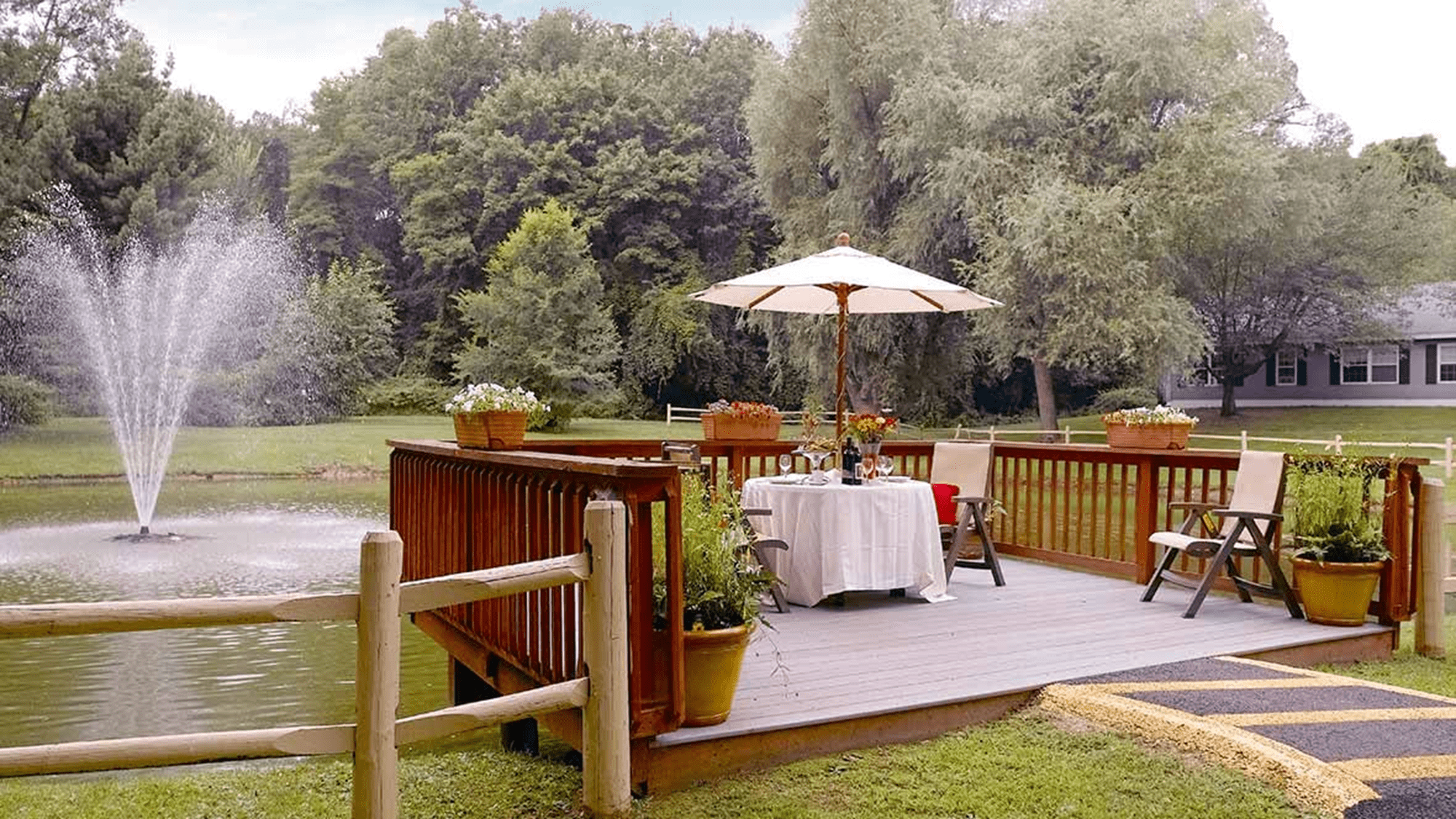Assisted living is a rewarding choice for older adults. It’s a chance to regain independence and stay safe in everyday life. However, it’s natural to feel a little overwhelmed when helping someone make a big change. It is natural to feel uncertain when facing a big change, but understanding how assisted living works can show you how these communities help residents thrive.
Assisted living communities provide a range of services, safety features, trained caregivers, and social programs, all designed to preserve independence, dignity, and quality of life.
The Basics of Assisted Living for Older Adults
With age, new challenges such as mobility issues, stiffness, or joint pain can arise. While they may seem minor at first, they can quickly affect quality of life and the ability to manage daily tasks. If this sounds familiar, assisted living can help. Assisted living communities offer the perfect mix of support and autonomy, allowing you or your loved one to live as independently as possible in a home-like, comfortable setting.
By combining independence with personalized assistance, assisted living helps maintain dignity while making life more convenient and enjoyable. It’s an incredible way to deal with age-related physical challenges.
How Assisted Living Helps People Stay Independent
Assisted living is designed to provide the right level of help for each person’s needs. The goal is always to respect individual preferences while ensuring a safe, enriching environment.
Personalized Care Plans in Assisted Living
Every resident receives a care plan tailored to their unique needs. Whether it is help with dressing, grooming, or managing medications, support is provided at the right time in the right way, so independence is preserved as much as possible.
By focusing on personalized care, assisted living helps seniors preserve their autonomy every day. This is an excellent way to preserve dignity and self-respect.
Convenient Amenities for Daily Living
With services like housekeeping, transportation, and nutritious meals, daily tasks become easier and less time-consuming. This means more time for the activities that bring joy — whether that’s gardening, reading, or spending time with friends.
Many communities also offer on-site conveniences to make each day more comfortable and stress-free. Gardening, reading, and spending time with friends—assisted living makes these easier than ever.
Wellness Programs & Activities
Staying active is a key part of maintaining independence, both physically and mentally. That’s why communities can offer so many different programs, such as:
- Fitness classes
- Health support programs
- Planned events and activities
- Nutritious dining options
- Learning groups and classes
These programs help seniors stay fit, mentally engaged, and emotionally healthy, which helps promote overall well-being and independence.
Social Opportunities & Community Engagement
Loneliness can be a challenge for older adults. That’s why assisted living communities provide plenty of opportunities for connection. Group activities, events, and shared spaces encourage residents to build relationships and feel part of a vibrant community. These can be a wonderful lifeline for those looking to reach out and build a stronger social network.
Safety & Peace of Mind
While independence is encouraged, safety is always a priority. Assisted living communities are equipped with safety features such as emergency call systems and round-the-clock staff. Knowing that help is always available helps residents focus on their independence without worrying about potential risks in their daily lives.

Who Benefits from Assisted Living?
Assisted living is a great option for many older adults. If you or your loved one values their independence but needs some everyday support, this lifestyle can be a wonderful fit.
It’s particularly helpful for older adults who:
- Have mobility challenges but want to remain active in their community.
- Need support with medication management or personal care.
- Are looking for more opportunities to socialize and participate in engaging activities.
- Want access to convenient amenities such as dining, housekeeping, and transportation.
By offering a supportive environment, assisted living helps residents enjoy a higher quality of life while staying connected to the things that matter most to them.
How to Tell If Someone Should Move to Assisted Living
It’s not always easy to tell when it’s time to move to assisted living. However, certain signs may indicate that additional support is needed.
Look for signs such as:
- Difficulty managing daily tasks like cooking, cleaning, or personal care
- Increased isolation or loneliness, which can affect emotional well-being
- Safety concerns at home, such as frequent falls or difficulty using stairs
- Worsening health conditions that require regular monitoring
- Forgetting to take medications or missing important appointments
- Struggling to maintain a balanced diet or proper nutrition
These can be early indicators that assisted living may help restore independence, dignity, and peace of mind.
Is It Time to Make the Move to Assisted Living?
Deciding when to move to assisted living can be a difficult choice. However, for many seniors, it offers the ideal balance of support and independence. These communities provide a safe, comfortable environment where independence is a core part of daily life.
Here at Peregrine Senior Living at Crossgate, we’re proud to offer a community where you or your loved one can thrive. Here, we can support our residents every day, just like they deserve. To learn more about how our community can help, schedule a tour with us today!













As we turn the page to a new year, we take a moment to reflect on the memories we’ve made and the friendships we’ve built. Every new beginning brings fresh opportunities for connection, growth, and joy. 💫
Here’s to a year filled with purpose, peace, and the beautiful moments that remind us how wonderful life can be.
Happy New Year from all of us at Peregrine! 🎆
peregrinecrossgate.com/ ... See MoreSee Less
0 CommentsComment on Facebook
🥂 New Years Eve Celebration/Happy Hour with Cole! 🎵
Happy New Year!!! 2026!! 🎉 ... See MoreSee Less
1 CommentsComment on Facebook
🎂 Happy Birthday Celebration for Everyone in December with Laura Collins! 🎵 🎈
Enjoyed some delicious cake, and stewarts seasonal peppermint ice cream! Oh so yummy! 😋 ... See MoreSee Less
2 CommentsComment on Facebook
❄️ Snowball Race Game!
What fun! 🤩 ... See MoreSee Less
1 CommentsComment on Facebook
🍕👒 Our Red Hat Lady Party/Social
❤️💚 Check out some of our ladies Elf’s Names, and congratulations to our Red Hat Ladies prize winners!
#RedHatLadies #PeregrineSeniorLiving #peregrinecrossgate ... See MoreSee Less
0 CommentsComment on Facebook
🎶 Sunday Afternoon Music with Brian Zapel! 🎤
#MusicForSeniors #seniorlivingcommunity #peregrinecrossgate ... See MoreSee Less
0 CommentsComment on Facebook
🥂 🎉 Peregrine Crossgate invites you to Ring in the New Year with Community, Friends/Family, and Entertainer Brian Zapel!
Hope to see you all there!
#newyear2026 #seniorlivingcommunity #families #CheersTo2026 ... See MoreSee Less
0 CommentsComment on Facebook